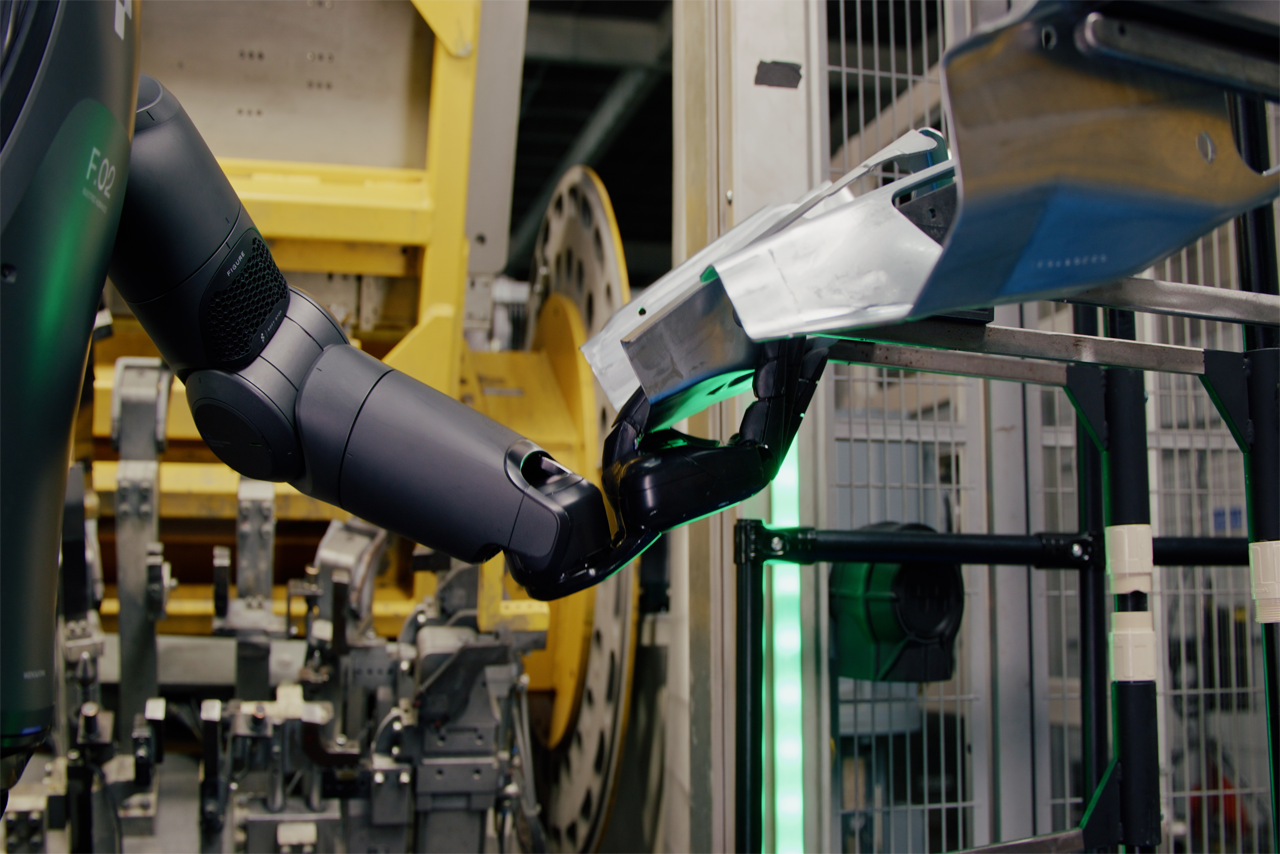In recent days, tech and automotive enthusiasts have been buzzing about images and videos showing the Kawasaki Corleo—a futuristic four-legged robotic mobility platform that looks like a cross between a motorcycle, a robot dog, and a horse. With its striking design and seemingly impossible capabilities, many are asking: Is the Kawasaki Corleo actually real, or is it just an elaborate concept rendering?
What Kawasaki Has Actually Created
The Kawasaki Corleo is indeed real—but with important caveats that help explain both the excitement and confusion surrounding it. The Corleo is an official Kawasaki concept model, unveiled at the Osaka Kansai Expo 2025 as part of the company’s vision for personal mobility in the year 2050. However, understanding what “real” means in this context requires some clarification.
What exists today is:
- A physical concept model designed to showcase Kawasaki’s vision
- Official promotional materials and specifications from Kawasaki
- A non-functional showcase piece demonstrating the intended design and capabilities
What does not yet exist:
- A fully operational, rideable prototype that can perform all described functions
- Consumer-ready units or production plans for the immediate future
The Concept vs. Reality Gap
Kawasaki presented the Corleo under their exhibition theme “Impulse to Move,” positioning it as a forward-looking concept rather than an imminent product release. The company describes it as a “future sensory off-road personal mobility machine featuring four-legged mobility, stability, and the fun to ride.”
The concept showcases several ambitious technical features:
- Four independently articulating robotic legs with specialized rubber hooves
- A 150cc hydrogen engine for electricity generation
- Advanced rider interface that responds to weight shifts
- Projective navigation system for nighttime path illumination
While these technologies exist in various forms today—Boston Dynamics’ quadrupedal robots, hydrogen fuel cells, weight-sensing interfaces—combining them into a functional, consumer-friendly mobility platform represents significant engineering challenges that have not yet been fully overcome.
The State of Legged Robotic Mobility Today
To understand the Corleo in proper context, it helps to look at the current state of legged robotics. Companies like Boston Dynamics have made remarkable progress with their Spot robot dog, which can navigate difficult terrain and perform various tasks. Similarly, research institutions worldwide are developing increasingly sophisticated bipedal and quadrupedal robots.
However, these existing platforms face limitations that the Corleo concept would need to overcome:
- Power density challenges: Current battery technology limits operational time
- Weight-bearing capacity: Supporting a human rider requires substantial structural engineering
- Balance and stability: Maintaining stability with a shifting human load is complex
- Intuitive control systems: Creating truly natural human-machine interfaces remains difficult
Kawasaki’s Unique Position
What gives the Corleo concept particular credibility is Kawasaki Heavy Industries’ distinctive expertise. Unlike purely speculative designs from companies without relevant engineering experience, Kawasaki possesses deep knowledge in both robotics and motorcycle technology—the two core disciplines needed to realize something like the Corleo.
Kawasaki has been developing industrial robots since the 1960s and is one of Japan’s leading motorcycle manufacturers. This combination of expertise makes them uniquely positioned to bridge the gap between concept and reality for a legged mobility platform.
Timeline for Realization
Kawasaki has explicitly positioned the Corleo as a concept for 2050—acknowledging the significant technological developments needed before such a vehicle could become commercially viable. This 25-year horizon reflects the realistic timeline required for:
- Advancements in materials science for lighter, stronger structures
- Improvements in hydrogen power systems for greater efficiency
- Development of more sophisticated balance algorithms and control systems
- Regulatory frameworks for new mobility categories
What We Can Expect in the Near Term
While a fully realized Corleo remains decades away, we’re likely to see incremental developments that move toward this vision:
- Enhanced off-road capabilities in conventional motorcycles and ATVs
- Limited-function robotic mobility assistants for specialized applications
- Hybrid designs that combine wheels with limited articulation for obstacle navigation
- Experimental prototypes demonstrating specific aspects of the Corleo vision
Conclusion: Real Vision, Future Reality
The Kawasaki Corleo is “real” in the sense that it represents an official concept from a major manufacturer with relevant expertise, displayed as a physical model at a significant international exposition. It is not “real” in the sense of being a fully functional, commercially available product—nor does Kawasaki claim it to be.
Rather than dismissing the Corleo as mere science fiction or accepting it uncritically as an imminent product, it’s most accurately understood as a tangible vision of future mobility—one that may well influence the development of transportation technology in the coming decades.
The gap between concept and realization is where innovation happens. Even if the Corleo never materializes exactly as shown, the technologies developed in pursuit of this vision will likely lead to meaningful advancements in mobility, robotics, and human-machine interfaces.
For now, the Corleo stands as a fascinating glimpse into a possible future—one where the boundaries between robots and vehicles continue to blur in service of expanding human mobility.






